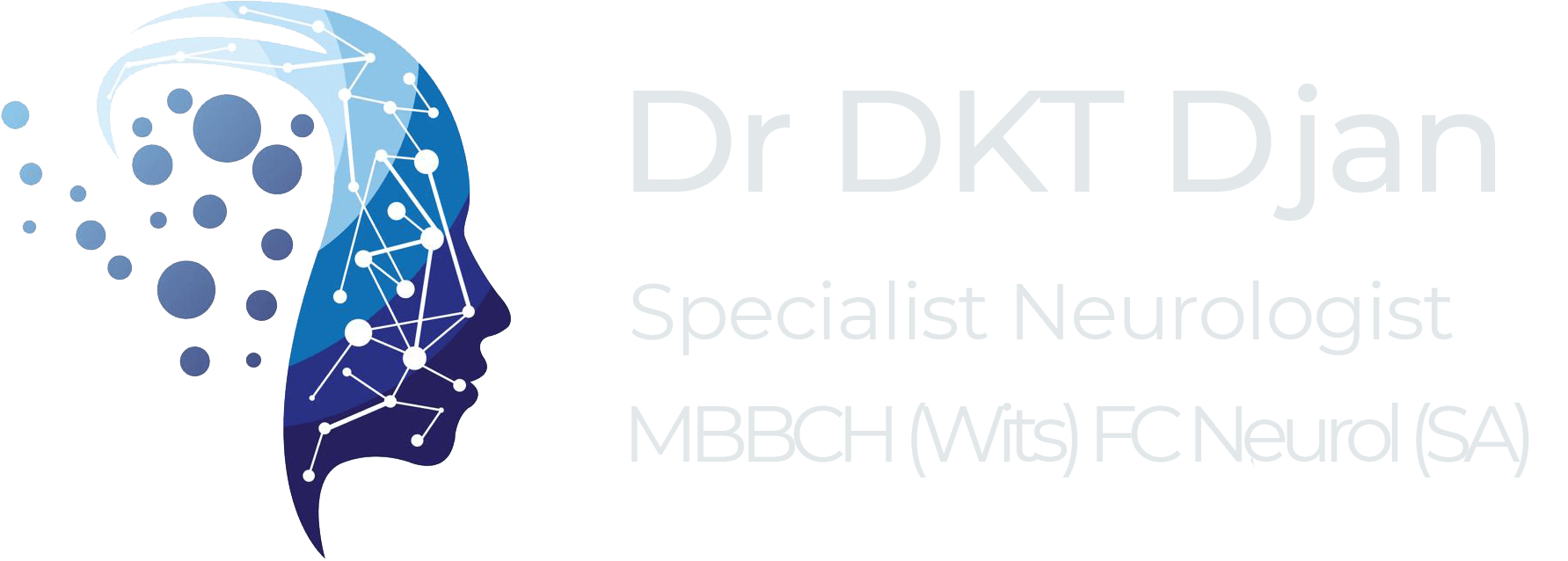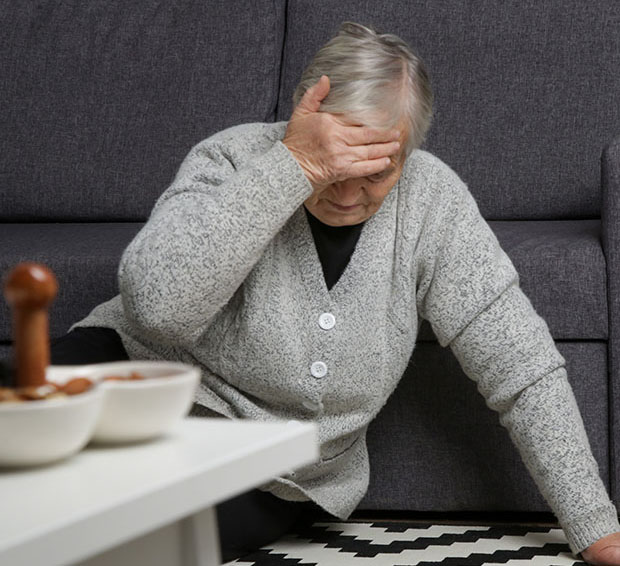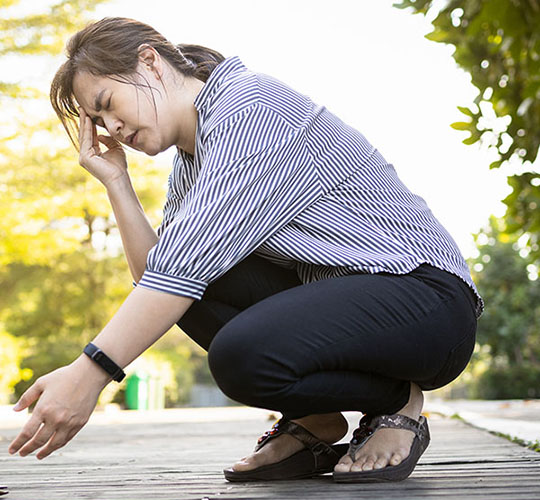

Syncope is a medical term for fainting or passing out.
It is usually the result of a temporary drop in the amount of blood that flows to the brain. However, it can be due to another medical condition that affects the nervous system or heart. It may also be from a condition that affects the blood flow through the body and causes a person’s blood pressure to drop when they change positions.
The most common symptoms include:

The type of syncope depends on what causes the problem:

An individual’s treatment options will be dependent on what is causing their syncope and the results of the evaluation and testing.
Some treatment options include: